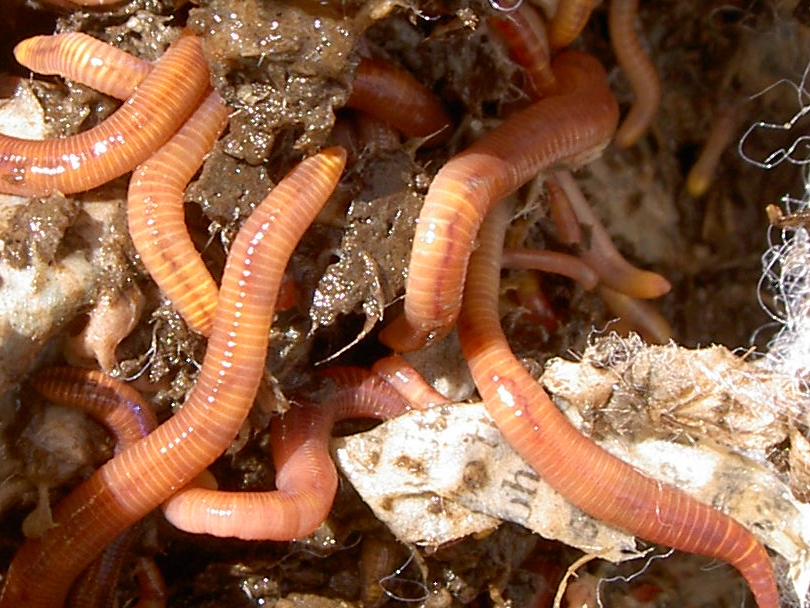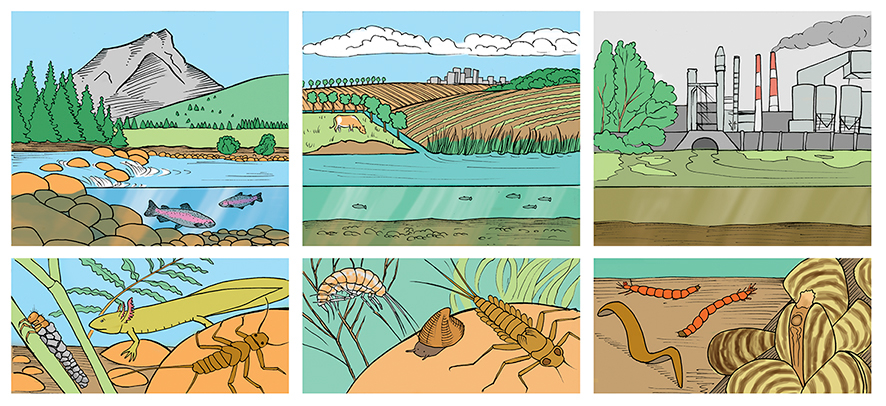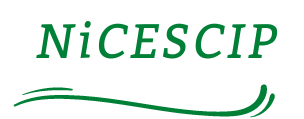NiCESIP
Air pollution has been reported to have grave health impacts on urban populations. The situation in urban areas is especially dire because of the persistently high concentrations of air pollutants, the number of people exposed, as well as the possibility of delayed effects. Thus, to achieve the Sustainable Development Goal 11 – making cities and human settlements inclusive, safe, resilient and sustainable, and especially the target 11.6 (Reduce by 2030, the adverse per capita environmental impact of cities, including by paying special attention to air quality and municipal and other waste management), close attention must be paid to air quality. Given the negative health impacts of air pollution on human health, it is therefore pertinent that a concerted effort is made to monitor air pollution, especially in urban areas.
Due to the challenges of cost and maintenance of monitoring equipment, bioindicators offer a cost-effective option for air quality monitoring when complemented by the active involvement of the citizens. Thereby, offering a solution apparent data gap across many urban environments in Nigeria.
The project is aimed at identifying relevant bioindicators (Lichens) and their traits for monitoring air pollution across selected major cities in Nigeria. Four cities were selected for this research project – Abuja, Kano, Lagos and Port Harcourt. This will form the basis for the development of citizen science products (a mobile app and an easy-to-use field guide) to facilitate air quality monitoring. This will help in creating a framework for high-resolution air quality monitoring across cities in Nigeria
The project was housed at the University of Port Harcourt, Department of Geography and Environmental Management, Faculty of Social Sciences. This project has collaborated between researchers at the Departments of Computer Science; Geography and Environmental Management and Microbiology at the University of Port Harcourt in conjunction with researchers from the Department of Biological Sciences at Bayero University and the Department of Geography and Planning at the Lagos State University.

With many pollutants present within the urban environment, bioindicators provide a very good alternative for understanding the effects of the myriads of pollutants on the environment. To this end, this project is aimed at identifying potential bioindicators communities (specifically Lichens) and their traits to support experts and citizen science (CS) application for air quality monitoring across urban areas in Nigeria. This project seeks to:
- Map bioindicator communities and their traits across the study area;
- Examine the interaction between bioindicators and the level of air pollution;
- Develop a mobile app to support citizen science for air quality monitoring; and
- Develop a field guide for Lichen air quality monitoring
Four cities were selected for this research project – Abuja, Kano, Lagos and Port Harcourt. A sampling of lichens and their attributes, as well as air quality, was done across different segments of the selected cities. Laboratory analysis was carried out to examine the contents of some elements within the tissues of the lichen samples. The data collected were subjected to statistical analysis using both non-parametric techniques and machine learning algorithms. This was geared towards identifying associations and predicting air quality status from the lichen dataset and the air quality measurements.

This project builds on the existing understanding that the diversity and counts of lichens in various environments are determined by factors such as the pH of the substrate on which the lichen lives, relative humidity, etc. With the lichen depending solely on nutrients from the atmosphere, the amount of air pollutants present also has a direct relationship with the type and the preponderance of lichens. Lichens are highly susceptible to subtle air quality changes because they lack cuticles, and this has made them suitable not only for indirect quantification of emission but also for the display of its effects (Kucera, 1994). The combination of the measured concentrations of major air pollutants and the diversity of lichens found (including their traits/attributes) served as inputs into the machine learning algorithm to identify the relationship between these. Such identification and classification guided the development of knowledge used in the design of the Citizen Mobile Application as well as the Field Guide. Both instruments formed the basis for the engagement of the Citizen Scientists in the mapping and monitoring of air quality across the country’s urban, suburban and peri-urban areas. Data collected was used in the initial mapping and modelling of air quality across the selected cities.
With problems of cost, variation in monitoring equipment, and the issue of spatial coverage associated with the current method of sampling across urban centres, there is a great potential in using bioindicators, crowdsourcing (citizen science), machine learning and GIS technologies for pollution detection and monitoring. The combination of these approaches will help in generating locally relevant data, information and knowledge to support initiatives aimed at addressing problems of air pollution and its attendant health risk. A few authors have explored the utility of
bioindicators for air quality studies in Nigeria. However, none of the works has developed a field guide or framework which can facilitate data collection by citizen scientists in the creation of a high-resolution database for air quality.

